The brute caricature portrays black men as innately savage, animalistic, destructive, and criminal — deserving punishment, maybe death. This brute is a fiend, a sociopath, an anti-social menace. Black brutes are depicted as hideous, terrifying predators who target helpless victims, especially white women.
During slavery the dominant caricatures of blacks — Mammy, Coon, Tom, and picaninny — portrayed them as childlike, ignorant, docile, groveling, and generally harmless. These portrayals were pragmatic and instrumental. Proponents of slavery created and promoted images of blacks that justified slavery and soothed white consciences. If slaves were childlike, for example, then a paternalistic institution where masters acted as quasi-parents to their slaves was humane, even morally right. More importantly, slaves were rarely depicted as brutes because that portrayal might have become a self-fulfilling prophecy.
During the Radical Reconstruction period (1867-1877), many white writers argued that without slavery — which supposedly suppressed their animalistic tendencies — blacks were reverting to criminal savagery. The belief that the newly-emancipated blacks were a “black peril” continued into the early 1900s. Writers like the novelist Thomas Nelson Page (1904) lamented that the slavery-era “good old darkies” had been replaced by the “new issue” (blacks born after slavery) whom he described as “lazy, thriftless, intemperate, insolent, dishonest, and without the most rudimentary elements of morality” (pp. 80, 163). Page, who helped popularize the images of cheerful and devoted Mammies and Sambos in his early books, became one of the first writers to introduce a literary black brute. In 1898 he published Red Rock, a Reconstruction novel, with the heinous figure of Moses, a loathsome and sinister black politician. Moses tried to rape a white woman: “He gave a snarl of rage and sprang at her like a wild beast” (pp. 356-358). He was later lynched for “a terrible crime.”
The “terrible crime” most often mentioned in connection with the black brute was rape, specifically the rape of a white woman. At the beginning of the twentieth century, much of the virulent, anti-black propaganda that found its way into scientific journals, local newspapers, and best-selling novels focused on the stereotype of the black rapist. The claim that black brutes were, in epidemic numbers, raping white women became the public rationalization for the lynching of blacks.
The lynching of blacks was relatively common between Reconstruction and World War II. According to Tuskegee Institute data, from 1882 to 1951 4,730 people were lynched in the United States: 3,437 black and 1,293 white (Gibson, n.d.). Many of the white lynching victims were foreigners or belonged to oppressed groups, for example, Mormons, Shakers, and Catholics. By the early 1900s lynching had a decidedly racial character: white mobs lynched blacks. Almost 90 percent of the lynchings of blacks occurred in southern or border states.


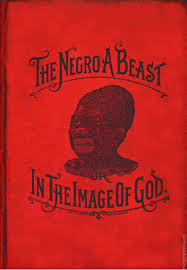



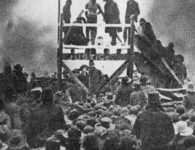
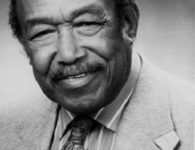
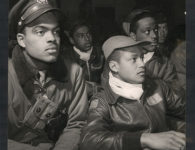
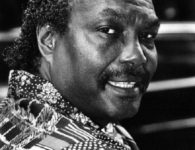
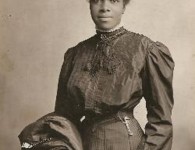


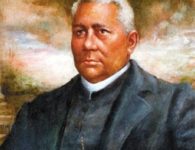
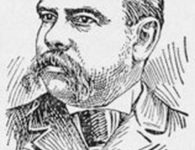


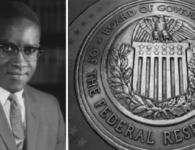

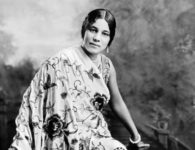
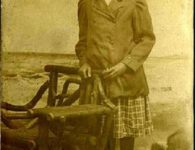

2 Comments
Amoxicillin 500 Mg Novo Headaches Cialis Dose Achat Viagras Para Hombres Clomid Arterielle Propecia 180 Day
Propecia Discount Hair Loss Cephalexin Use For What viagra Torontodrugstore Online Achat Nolvadex Sans Ordonnance Viagra 100 Israel